Three Steps to Prevent Rotator Cuff Tears in Baseball Players
Prevention of rotator cuff tears is key to a winning baseball season.
Baseball season is here, and that means you’re starting to dust off your cleats and looking forward to hearing the crack of the bat and the pop of the mitt. As you begin training, pay special attention to the health of your shoulders. With the amount of overhead throwing required, rotator cuff tears in baseball players are extremely common. To help you better understand this complex joint, as well as to prevent injury, Rothman Orthopaedic Institute’s sports medicine physicians have a few tips and tricks as spring training approaches.
The Ball Player’s Best Friend: The Shoulder
Whether you’re a pitcher, a catcher, an infielder, or an outfielder, your shoulder is one of your greatest assets. The heavy use of the shoulder in recreational, youth, high school and collegiate baseball makes it imperative that athletes understand both how their shoulder works, and how to take care of it.
The shoulder is a ball and socket joint made up of the humeral head (at the top of the upper arm) and the glenoid, which is part of the shoulder blade. These two bones are held together and moved by a series of muscles and tendons, including the rotator cuff. This group of four muscles and tendons stabilizes the shoulder and allows the humerus to move up, down, and around without popping out of its socket.
The rotator cuff is absolutely crucial for actions like raising the arm over the head - which means, without it, pitching and throwing aren’t possible. As a baseball player, it’s important to keep all of these structures in top physical condition in order to prevent injury.
The Ball Player’s Nemesis: The Rotator Cuff Tear
Rotator cuff tears in baseball players can mean the end of a season, and if not treated properly, potentially the end of a career. This injury occurs when one of the four muscles or tendons holding the ball and socket joint of the shoulder in place frays or tears, either partially or completely. Rotator cuff tears in baseball players usually happen from overuse, unbalanced training, or acute injury.
Treatments for rotator cuff tears in baseball players vary depending on the severity of the tear, the age of the patient, and the activity level he or she hopes to resume after recovery. For small tears or tendonitis, non-operative approaches may be recommended. These measures include resting the shoulder, anti-inflammatory medication, corticosteroid injections, and physical therapy.
In some cases, however, and especially in those of a large or complete tear, or for players who intend to resume vigorous use of the shoulder after recovery, sports physicians may recommend surgery. Rotator cuff surgery is most effective when it is performed as soon as possible after the injury. Tears can often be repaired arthroscopically using tiny incisions, though more severe tears and fraying may require an open incision. The surgeon will decide which method is best after an examination and review of imaging results.
Recovery after surgery for rotator cuff tears in baseball players follows a strict treatment and physical therapy plan, with the athlete returning to full mobility and strength by six to nine months.
The Ball Player’s Companion: Prevention of Rotator Cuff Tears in Baseball Players
As baseball players who have had rotator cuff injuries can tell you, prevention is the best medicine. These tips can help baseball players prevent this potentially season-ending injury.
-
Use proper technique. The most important step you can take to prevent injury is to use proper throwing technique. Your coach or team athletic trainer should be able to teach you the proper shoulder and overall body mechanics. If you’re concerned that your current throwing method is flawed, have your coach or trainer watch you throw and critique your style. Practice regularly to improve your technique and prevent injury.
-
Exercise all the muscle groups in your shoulder. As with all muscle groups, it’s important to train not just any one rotator cuff muscle, but its antagonist (the muscle that performs the opposite motion). Strengthening exercises that emphasize equal conditioning of both muscle groups will help prevent the humeral head slipping out of the socket, reducing the risk of rotator cuff tears in baseball players’ throwing arms.
-
Listen to your body. If your shoulder is sore, weak, or fatigued, take some time to rest it. A few days of lost training is worth it if it prevents a serious shoulder injury. If after resting and using warm compresses on your shoulder, you’re still feeling pain or weakness, see your team trainer or a sports physician.
For more information about preventing rotator cuff tears in baseball players, or to schedule an appointment, visit us here or contact us at 1-800-321-9999.
Related Physicians
Related Specialties
Related Conditions
Related Programs
-
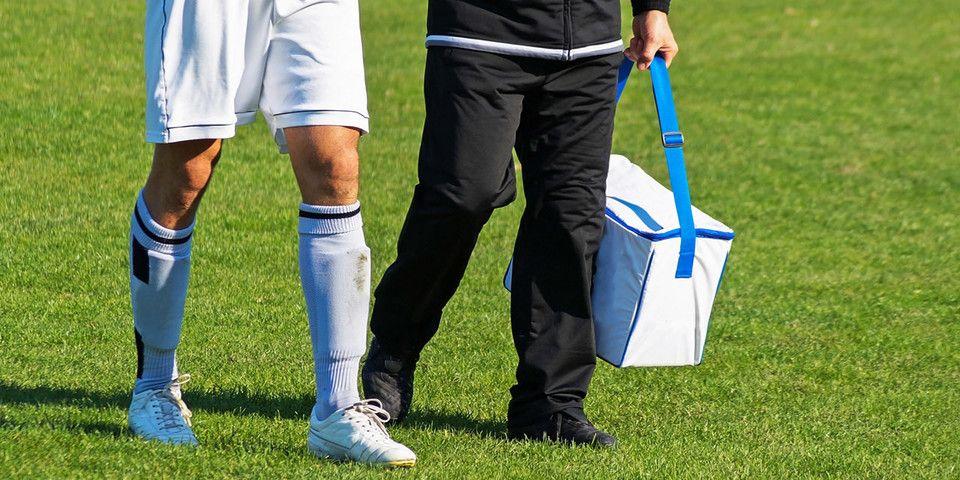
Athletic Training- Sport Medicine Outreach
Our Field Athletic Trainers provide direct sports medicine care to youth, high school, college and professional athletes. Rothman AT’s provide athletic training services throughout Southeastern PA to interscholastic high schools, colleges, as well as tournaments and special events.Read More -
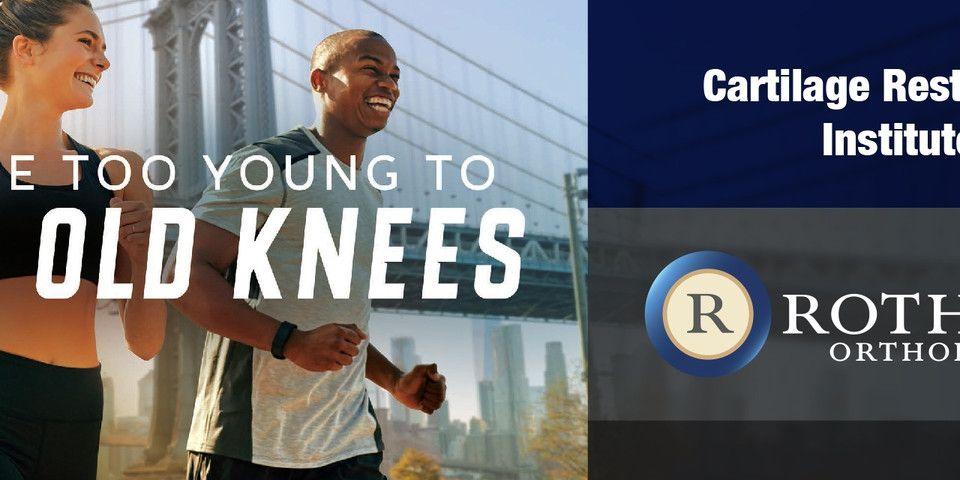
Cartilage Restoration Institute
This is a center where patients can go to have their disabled joint biological resurfaced, realigned, and stabilized without having the joint replaced by artificial materials such as metal and plastic. It is well known that the outcomes of patients under the age of 50 undergoing artificial joint replacement are not as good as we would like. Therefore we feel the future of Orthopaedics is to try to restore a joint back to its original anatomy by realignment, ligament reconstruction, and cartilage restoration.Read More -
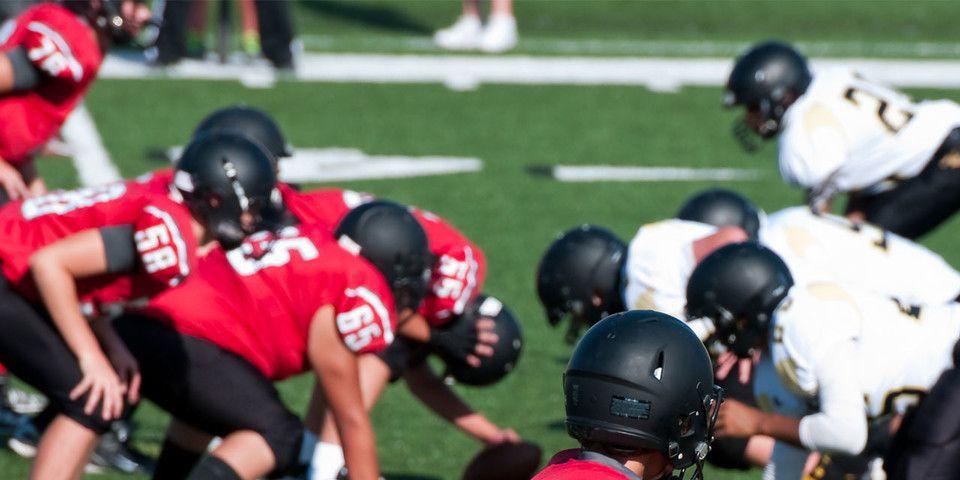
Injury Prevention Program
The Injury Prevention Program at the Rothman Orthopaedic Institute is dedicated to the prevention of injuries from athletic participation, particularly youth sports.Read More -
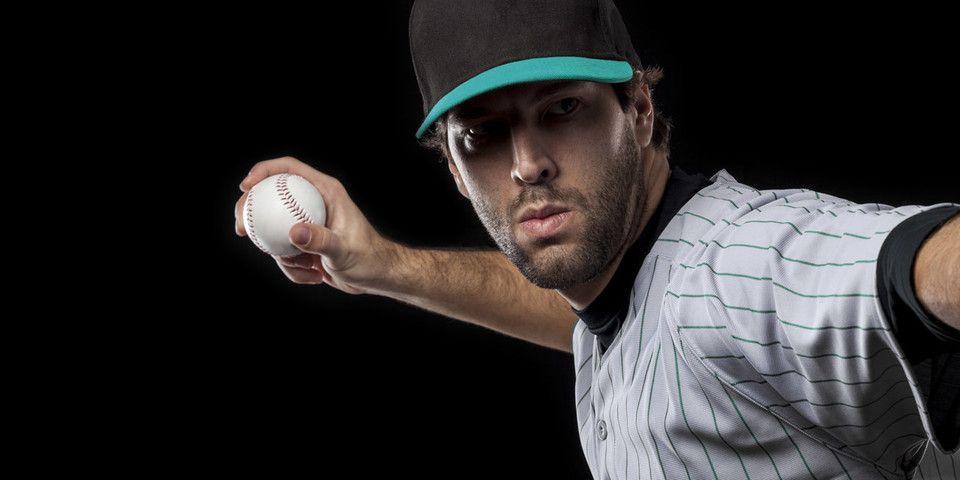
Overhead Throwing Program
Whether it’s throwing a javelin or pitching a baseball, the overhead or throwing athlete is exposed to tremendous forces during overhead sports.Read More -
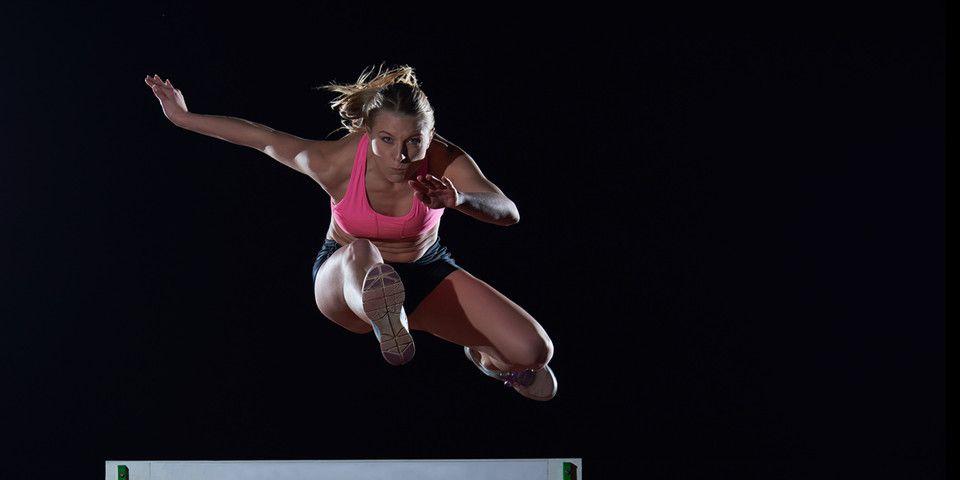
Women’s Sports Medicine Program
The Women’s Sports Medicine Program at the Rothman Orthopaedic Institute is the first of its kind in the Philadelphia metro area and one of only several such programs specializing in the comprehensive care of the female athlete in the country.Read More




